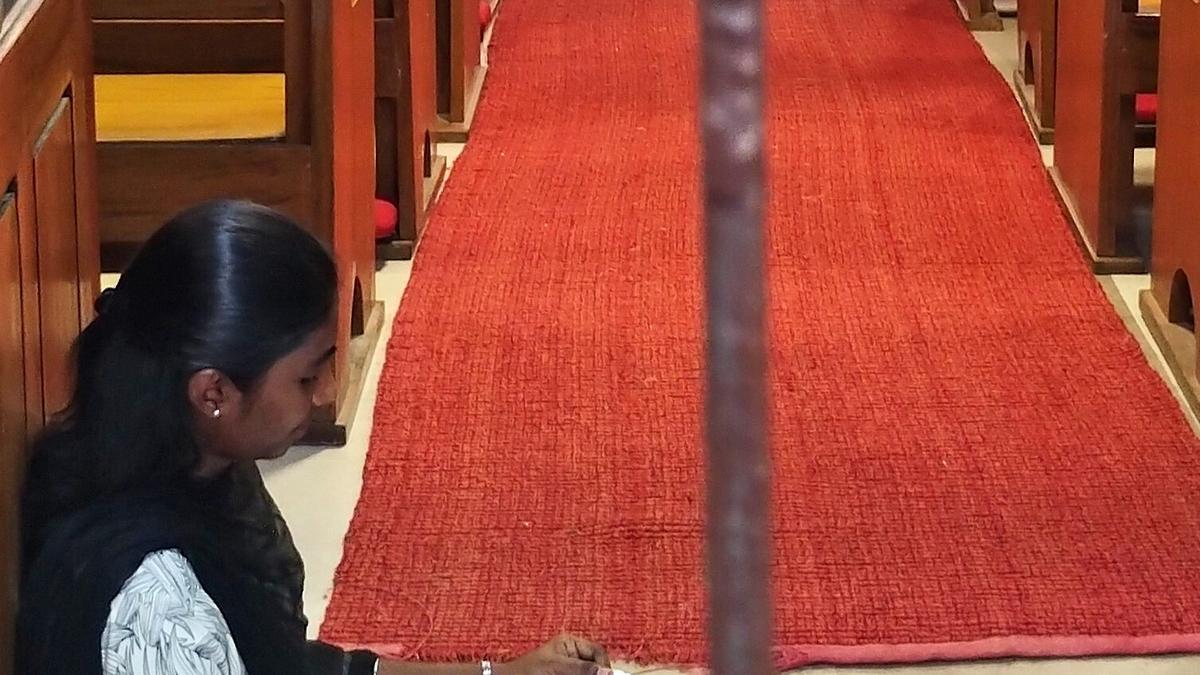
The mobility apps utilise real-time data from buses and metro trains operating on the commuter’s route to design a coordinated travel plan.
| Photo Credit: MURALI KUMAR K
Bengaluru Metropolitan Transport Corporation (BMTC) and Bangalore Metro Rail Corporation Ltd (BMRCL) have finally opened up their transport data empowering two apps Namma Yatri and Tummoc to allow its users seamless first- and last-mile connectivity for commuters. This has been a long standing demand for over a decade now.
With addition of new features, users of both apps can now plan their entire journey and purchase a single ticket covering the complete trip. For instance, if a commuter needs to use all three modes of transport (bus, metro, and autorickshaw) they can plan the route using either application and buy just one ticket for the entire journey.
The apps utilise real-time data from buses and metro trains operating on the commuter’s route to design a coordinated travel plan. Ideally, this allows commuters to access each mode of public transport immediately after deboarding the previous one, though actual timing may be affected by factors such as traffic.
A hindrance to develop this feature was that BMTC and BMRCL had not opened up their data, which has finally happened in the General Transit Feed Specification (GTFS), a globally recognised open data standard for public transportation, which includes information on stops, routes, and schedules. So far, BMTC has been providing static data to the platform and plans to begin sharing real-time data soon.
Currently, Namma Yatri offers trip planning that integrates auto-rickshaw services with metro routes. Namma Yatri is yet to go live, while Tummoc has already started the services. Tummoc, in addition to similar features, also allows users to track the amount of carbon emissions they save by choosing public transport over private vehicles.
The development of these features follows Tummoc and Namma Yatri jointly winning a ₹30 lakh grant in August 2024, after emerging as winners of Enroute: A Mobility-as-a-Service (MaaS) Challenge, an initiative organised by WRI, Mercedes-Benz Research and Development India (MBRDI), and Villgro.
Priyank M. Kharge, Minister for Electronics, IT, BT, and Rural Development and Panchayat Raj, emphasised the importance of such initiatives in addressing last-mile connectivity issues. “In Bengaluru, we don’t measure travel in kilometres; we measure it in hours. We acknowledge the problem and are committed to solving it,” he said.
“Bengaluru is one of the fastest-growing cities in the world, with a 12% growth rate last year. Projections show we will grow by 8.5% annually over the next decade,” he said, adding that the city loses an estimated ₹20,000 crore each year due to time wasted in traffic, which directly impacts productivity. In comparison, Mumbai and Delhi reportedly lose ₹40,000 crore and ₹60,000 crore annually, respectively, he claimed.
Mr. Kharge further noted that less than 50% of the city’s population currently uses public transport, and the government’s vision is to increase that number to 70% by 2030. Against this backdrop, he said, the launch of such integrated features marks a significant step towards encouraging wider adoption of public transportation.
Published – July 10, 2025 09:44 pm IST


